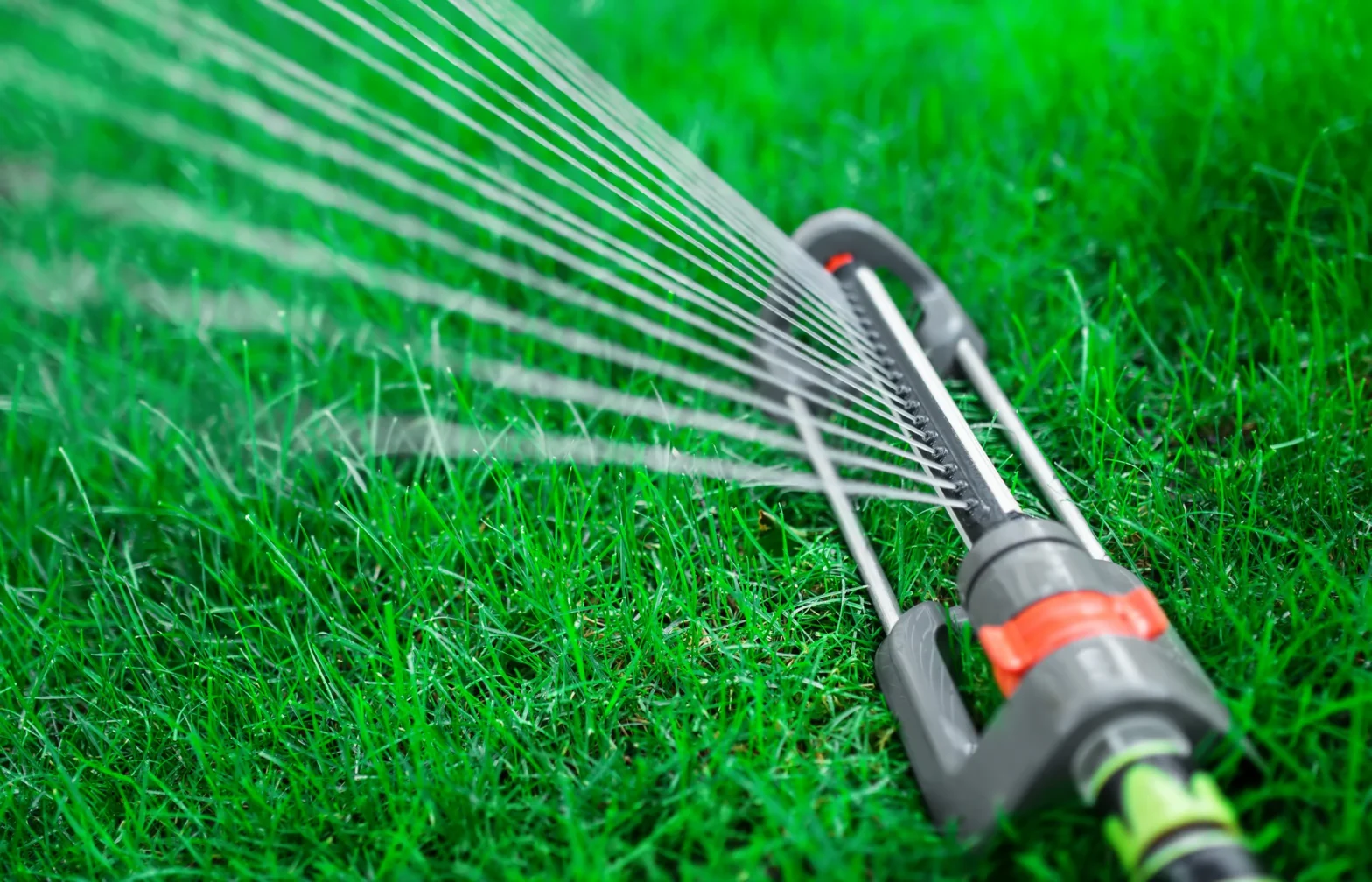When Should You Start Watering Your Lawn?

As the winter chill begins to fade away, and signs of spring emerge, Paramount has noticed many homeowners start thinking about their lawn care routine. Among the crucial tasks for maintaining a lush, green lawn is watering. However, the timing of when to start watering your lawn can greatly impact its health and vitality throughout the growing season. In this guide, we’ll explore the factors to consider and the best practices for deterring when to begin watering your lawn.
Monitor Lawn Soil Moisture
Before diving into a watering schedule, it’s essential to assess the moisture level of your lawn’s soil. Use a simple soil moisture meter or conduct a manual test by inserting a screwdriver into the ground. If it goes in easily and the soil feels moist, your lawn may not need watering yet. However, if the soil feels dry and the grass appears dull or discoloured, it’s time to start watering.
Observe Weather Patterns
Pay attention to weather forecasts and seasonal changes in your area. Typically, as temperatures rise and rainfall decreases in spring, your lawn’s water needs will increase. Aim to start watering when the weather becomes consistently warmer and drier, usually in late spring or early summer. Be mindful of local watering restrictions or drought conditions that may affect your watering schedule.
Grass Type and Growth Stage
Different grass species have varying water requirements, so consider the type of grass in your lawn. Warm-season grasses, such as Bermuda grass and Zoysia grass, thrive in hot weather and may require more frequent watering compared to cool-season grasses like Kentucky bluegrass and fescue. Additionally, newly seeded or sodded lawns will need more water to establish strong root systems, so adjust your water scheduling accordingly.
Morning Water is Key
When you do start watering your lawn, timing is crucial. The best time to water is early in the morning, ideally between 6 am and 10 am. Watering in the morning allows the grass to absorb moisture before the heat of the day, reducing evaporation and fungal growth. Avoid watering in the evening, as prolonged moisture on the grass overnight can promote diseases.
Deep, Infrequent Watering
Instead of frequent shallow watering, aim for deep, infrequent watering sessions. This encourages deep root growth and makes your lawn more resilient to drought conditions. Water the lawn until the soil is moist to a depth of 6-8 inches. Use a sprinkler system or hose with a pulsating springer attachment to ensure even coverage.
Adjust Based on Rainfall
Keep an eye on rainfall amounts and adjust your watering schedule accordingly. If your lawn receives adequate rainfall, you may not need to water as frequently. However, during dry spells or periods of high temperatures, be prepared to supplement rainfall with additional watering.
The timing of when to start watering your lawn depends on various factors such as soil moisture, weather patterns, grass type, ad growth stage. By monitoring these factors and following best practices for watering, you can promote healthy growth and maintain a vibrant lawn throughout the growing season. Remember, consistency is key, so establish a watering routing that works for your lawn’s needs and stick to it for optimal results.


